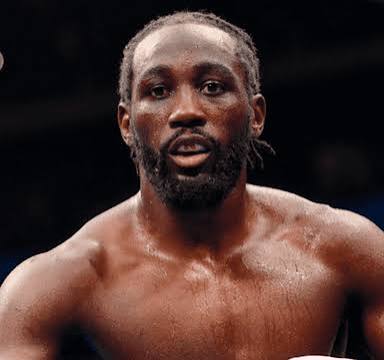The Rise of Women's MMA: Empowerment and Equality in the Octagon

The battle for equality in sport is one that has been raging for decades. Without doubt, significant progress has been made, more in some sports than in others. Tennis has been in the headlines recently due to the annual Wimbledon tournament, where prize money became equal 15 years ago. Other grand slam events are also equal, but in the US, the ATP winner is awarded eight times more than the WTA winner.
Tennis has the advantage of having been a game that both sexes have played for more than 100 years. Combat sports like MMA carry a whole lot of additional baggage concerned with traditionally accepted gender roles. However, times are changing and athletes like Ronda Rousey have helped to propel women’s bouts to the top of the fight cards alongside the men.
Overcoming stereotypes in a male-dominated environment
For decades, combat sports have been male-dominated. Given the gender roles that were conventional in years gone by, and perceptions of “manliness” versus “femininity,” the lack of opportunities for women in combat sports is easy to understand. But it was also exacerbated by the small role that women were permitted. Ring girls were supposed to be nothing more than decorative, and the idea of women getting into the ring or octagon to fight was more likely to be seen as a source of titillation for male spectators than a serious contest.
Ronda Rousey has been a genuine pioneer as one of the first women fighters to be taken seriously as an athlete. She has a background in judo – she represented the US in the Athens Olympics aged just 17, and again in 2008 before making the switch to MMA in 2010.
It soon became evident that she was a force to be reckoned with. She wasn’t the first woman fighter, far from it. But she was one of the first to take it seriously, as opposed to going out there to give the spectators something to look at before the serious business of the men’s fights. As a result, she had to be ready to switch weights at relatively short notice, as it became steadily more difficult to find opponents for her.
An inspiration and a fan favorite
Ronda has altered perceptions of women’s MMA by letting her skills do the talking. But at the same time, she has never sought to deny or hide her looks. Athletes of both sexes are typically young, toned and have the sort of physiques that glossy magazines want on their covers. From Cristiano Ronaldo to Maria Sharapova, being attractive has never been a barrier to achieving sporting success. Ronda Rousey falls into the same category.
It has led to her becoming a fan favorite among both sexes and an inspiration to young girls that they can follow their dreams and develop their natural talents, whatever these might be.
From betting odds to TV coverage, women’s MMA is high on the agenda
13 years on from Ronda’s surreal start in the sport, we can safely say that finding other fighters to take on in the octagon is no longer a difficulty. Women’s MMA typically has equal billing to men’s fights, sometimes higher and sometimes lower depending on exactly who is fighting on a particular night, and that is how it should be. The same applies with PPV TV coverage.
Another sign of how seriously the sport is now taken is the attention devoted to it by the sports books and other gambling websites in the US. For example, this BC. casino review goes into extensive detail regarding its sports book offering, which devotes plenty of attention to women’s MMA among other sports.
Equality is still some distance away
Ronda Rousey and others who have followed, such as Amanda Nunes and Valentina Shevchenko, have achieved a huge amount in a short time for women’s empowerment through MMA. But when it comes to fiscal rewards, equality is some distance away.
For both sexes, the biggest stars earn the biggest purses. Taking like for like, however, the top women fighters still take home a fraction as much as their male counterparts, and a detailed analysis by the Financial channel calculated it at an average 40 percent. But as we saw earlier with the Wimbledon example, change takes time. Things are certainly moving in the right direction.








